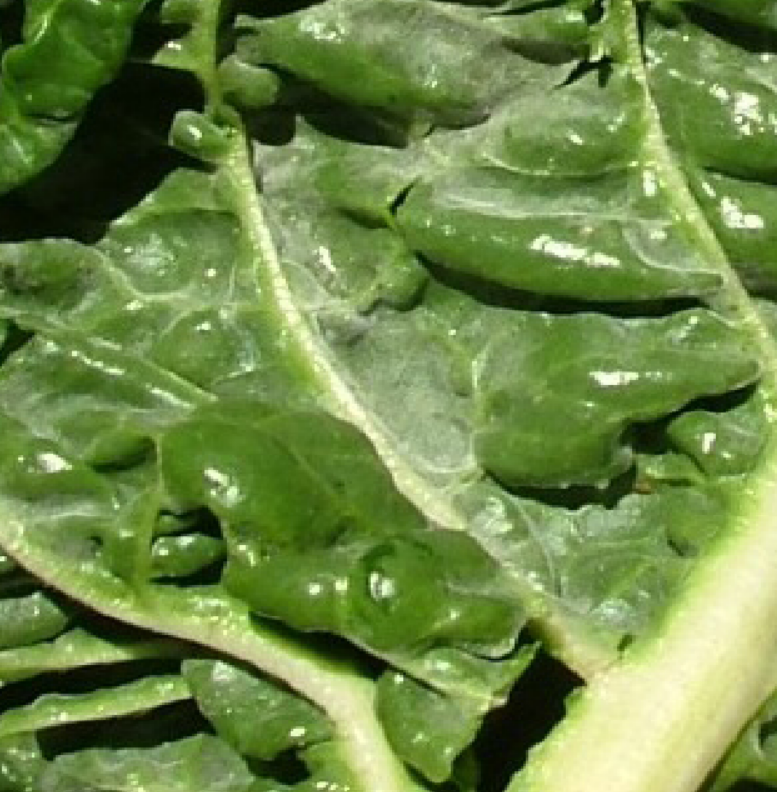Phoma & Powdery mildew
Phoma (damping off, leaf spot and crown rot)
Summary

The fungal pathogen Phoma can cause a range of symptoms in fodder beet crops.
Identification
For damping off symptoms, see Rhizoctonia. Leaf spots are light brown and round to oval, often with concentric rings. Small, dark fruiting bodies form in the necrotic tissue as lesions age. Bulb rot manifests as brown to black necrotic crown rotting.
Importance
Occurs occasionally.
Spread
Infection is mostly seed borne but the fungus can survive in crop debris and soil for 12–20 months. Spores spread by water splash.
Management
Always use seed from a reputable source, and rotate crops for 1-2 seasons if disease occurs.
Powdery mildew
Summary

Powdery mildew (PM) is caused by the fungus Erisyphe betae.
Identification
First signs are small white powdery patches on the upper surface of older leaves. Severely infected plants turn greyish-white. Leaves then yellow and eventually die.
Importance
Currently minor in fodder beet.
Spread
PM requires a living plant host to survive winter. During spring, wind-blown spores infect new leaves, plants and crops under dry, warm conditions.
Management
Infection under ideal conditions is relatively rapid, with control becoming less effective with time. Fungicides are available.

